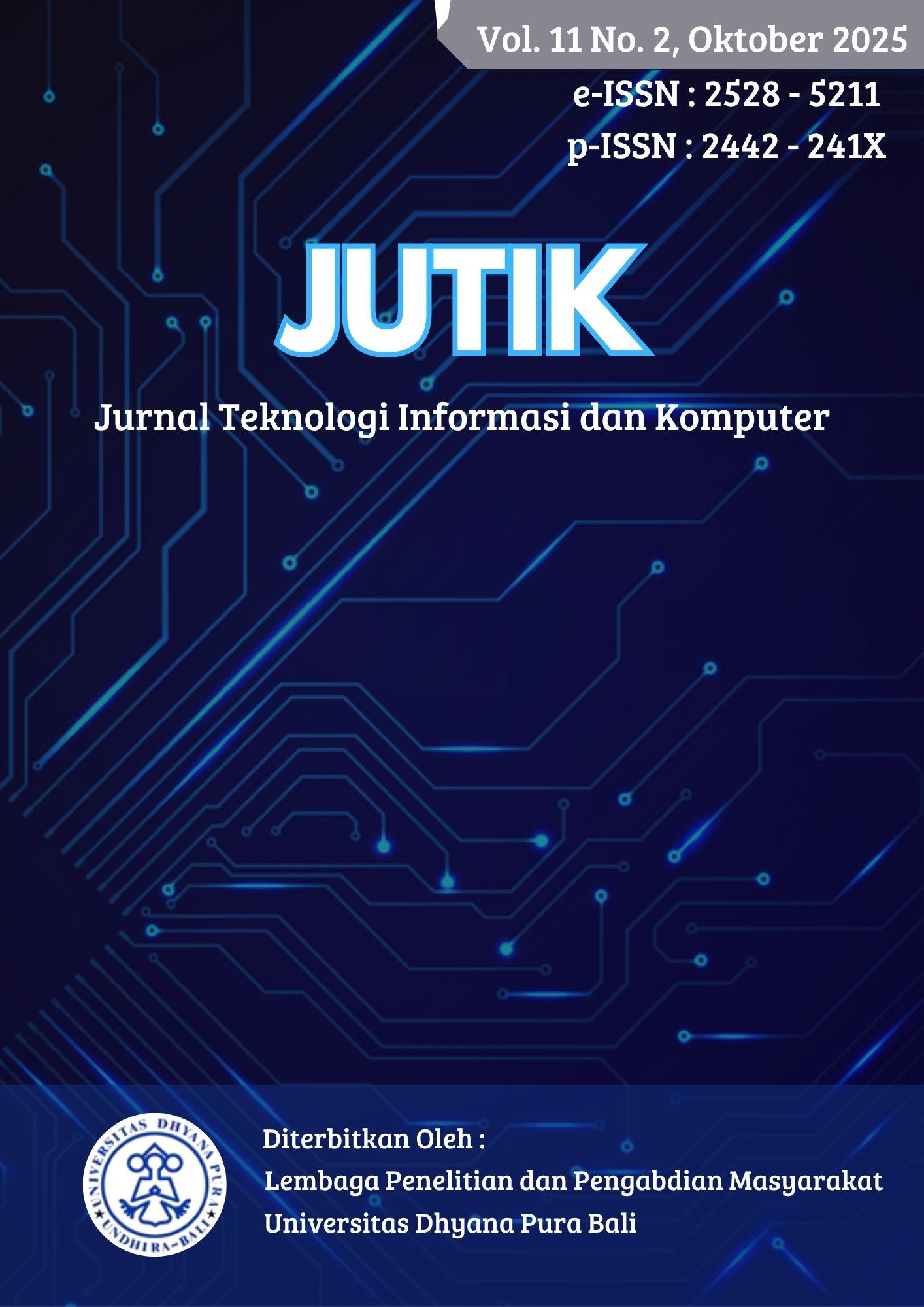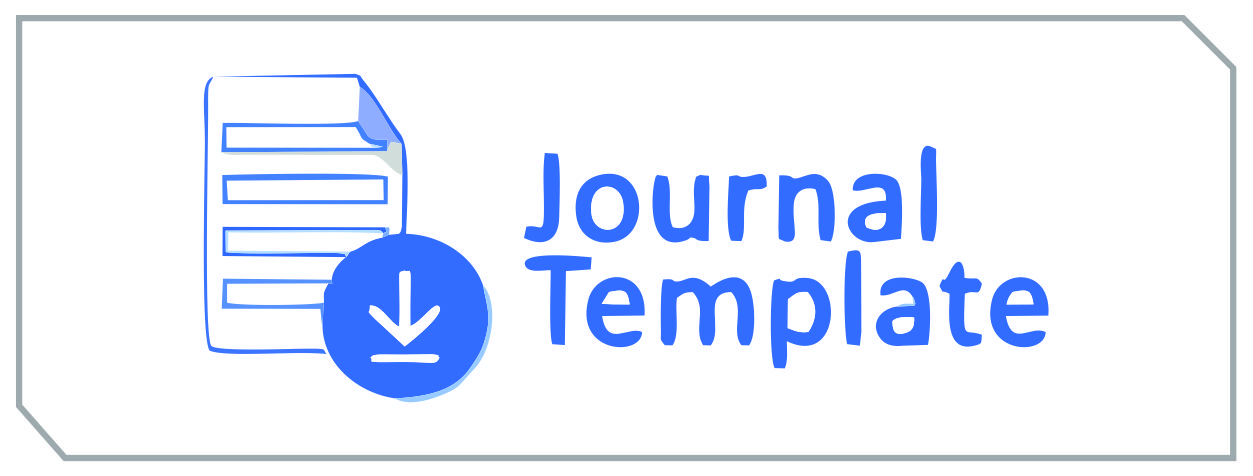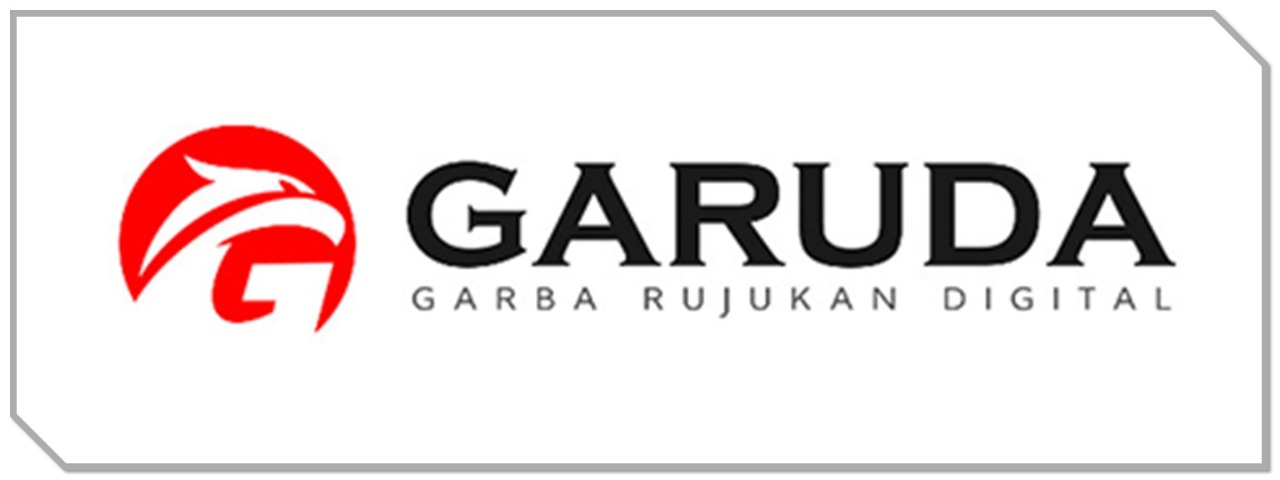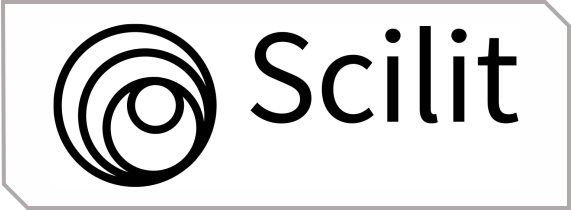ANALISIS KOMPREHENSIF PERFORMA SISTEM DAN TINGKAT PENERIMAAN PENGGUNA APLIKASI PERPUSSMULANDU
DOI:
https://doi.org/10.36002/jutik.v11i2.3787Keywords:
PIECES, PerpusSMULANDU, User Acceptance, System Performance, TAMAbstract
The utilization of information technology in the education sector plays a crucial role in enhancing the effectiveness of the teaching and learning process. One such implementation is the use of digital libraries, such as the PerpusSMULANDU application developed by SMA Darul Ulum 2 Unggulan BPPT Peterongan. This study aims to analyze the system performance and user acceptance of the PerpusSMULANDU application. The methods used are PIECES (Performance, Information, Economy, Control, Efficiency, Service) to assess system performance, and the Technology Acceptance Model (TAM) to evaluate user acceptance based on perceived ease of use, perceived usefulness, attitude toward usage, behavioral intention, and actual system use. Data were collected through questionnaires distributed to teachers at SMA Darul Ulum 2 Unggulan BPPT Peterongan who use the application. The results show that the application's performance falls into the “satisfactory” category across all PIECES aspects, with the highest score in Information (4.52) and the lowest in Efficiency (4.18). Meanwhile, the TAM analysis shows a high level of user acceptance, with an overall average percentage score of 83.9%, categorized as “very satisfied.” These results indicate that the PerpusSMULANDU application performs well and is well-received by its users. This study is expected to serve as an evaluation and development reference for applications that support digital literacy in the school environment.
References
[1] L. Judijanto, R. Y. Santoso, and A. Mansur, “Integrasi Teknologi dan Sektor Pendidikan: Tantangan dan Peluang dalam Perspektif Multisektoral,” Jurnal Ilmiah Edukatif, vol. 11, no. 01, pp. 47–57, 2024, doi: https://doi.org/10.37567/jie.v11i1.3580.
[2] A. Asari, Fahriyah, I. M. Pasaribu, D. Hendarsyah, D. P. Srirahayu, and F. Handayani, Manajemen Perpustakaan Digital. Malang: PT. Literasi Nusantara Abadi Grup, 2023.
[3] E. Harahap, S. Adisuwiryo, and F. Rina, Analisis dan Perancangan Sistem Informasi. Jakarta: Wawasan Ilmu, 2022.
[4] I. H. Santi and bayu Erdani, Technology acceptance model (TAM): Penggunaanya pada Analisis User Experience dalam penerimaan Sistem Informasi Penelitian dan Pengabdian Masyarakat. Penerbit NEM, 2021.
[5] M. Ahimsyah, “Analisis Kinerja Sistem Pembayaran Digital dengan Framework PIECES pada Aplikasi E-Cash UNIPDU,” Universitas Darul Ulum, Jombang, 2023.
[6] G. P. Diniarti, T. D. Safitri, R. Indah, M. Sari, and P. D. Lestari, “Analisis Tingkat Kepuasan Pengguna KAI Access Menggunakan Metode TAM Lingkup Jawa Timur,” Prosiding Seminar Nasional Teknologi Dan Sistem Informasi, pp. 6–7, 2023, doi: https://doi.org/10.33005/sitasi.v3i1.579.
[7] M. Jannah and R. Setyadi, “Analisis Kinerja Website Info PBB Badan Pengelolaan Pendapatan Daerah Menggunakan Metode PIECES,” KLIK: Kajian Ilmiah Informatika dan Komputer, vol. 3, no. 6, pp. 957–965, 2023, doi: https://doi.org/10.30865/klik.v3i6.831.
[8] M. Dalimunte dan T. Rambe, Pengantar Psikologi Perpustakaan. UMSU Press, 2023.
[9] N. Prayoga and S. A. Nesya, “Analisis Kepuasan menggunakan Aplikasi DANA dengan Menerapkan Metode TAM,” Jurnal Kajian Ilmiah Teknologi Informasi dan Komputer, vol. 1, no. 2, pp. 42–47, 2023, doi: https://doi.org/10.62866/jutik.v3i1.
[10] S. Adelia Maharani, A. Tommy Adi Prawira, P. Andhika Kurniawijaya, and U. Dhyana Pura, “Analisis Kepuasan Pengguna Sistem Informasi Perpustakaan Menggunakan Metode End User Computing Satisfaction (Eucs) (Studi Kasus : Perpustakaan Universitas Dhyana Pura Bali),” Jurnal Teknologi Informasi dan Komputer, 2024, doi: https://jurnal.undhirabali.ac.id/index.php/jutik/article/view/3501.
Downloads
Published
How to Cite
Issue
Section
License
Copyright (c) 2025 JUTIK : Jurnal Teknologi Informasi dan Komputer

This work is licensed under a Creative Commons Attribution-NonCommercial-ShareAlike 4.0 International License.
![]()
This work is licensed under a Creative Commons Attribution-NonCommercial-ShareAlike 4.0 International License.











